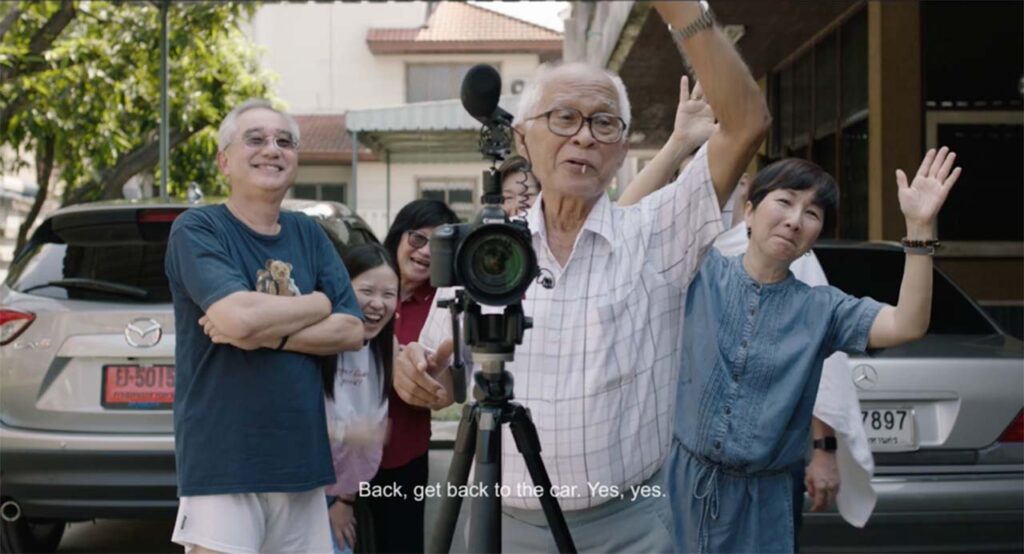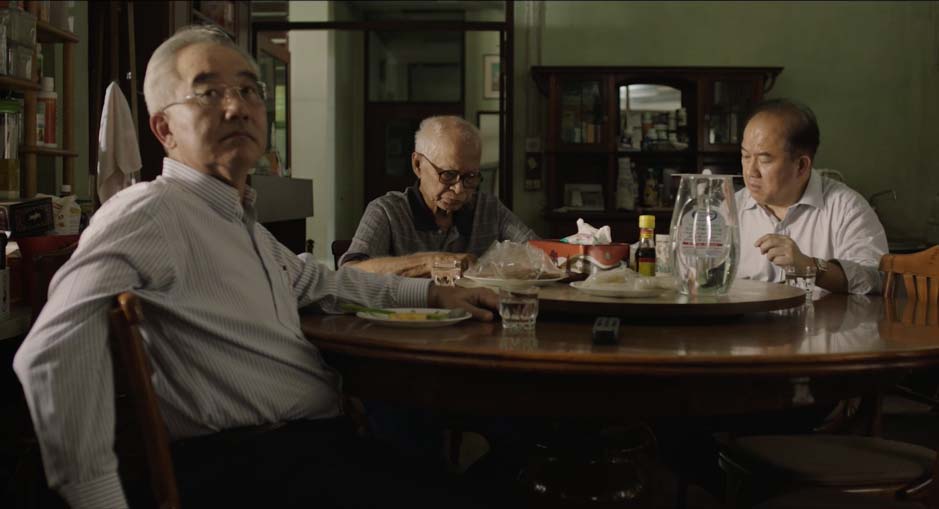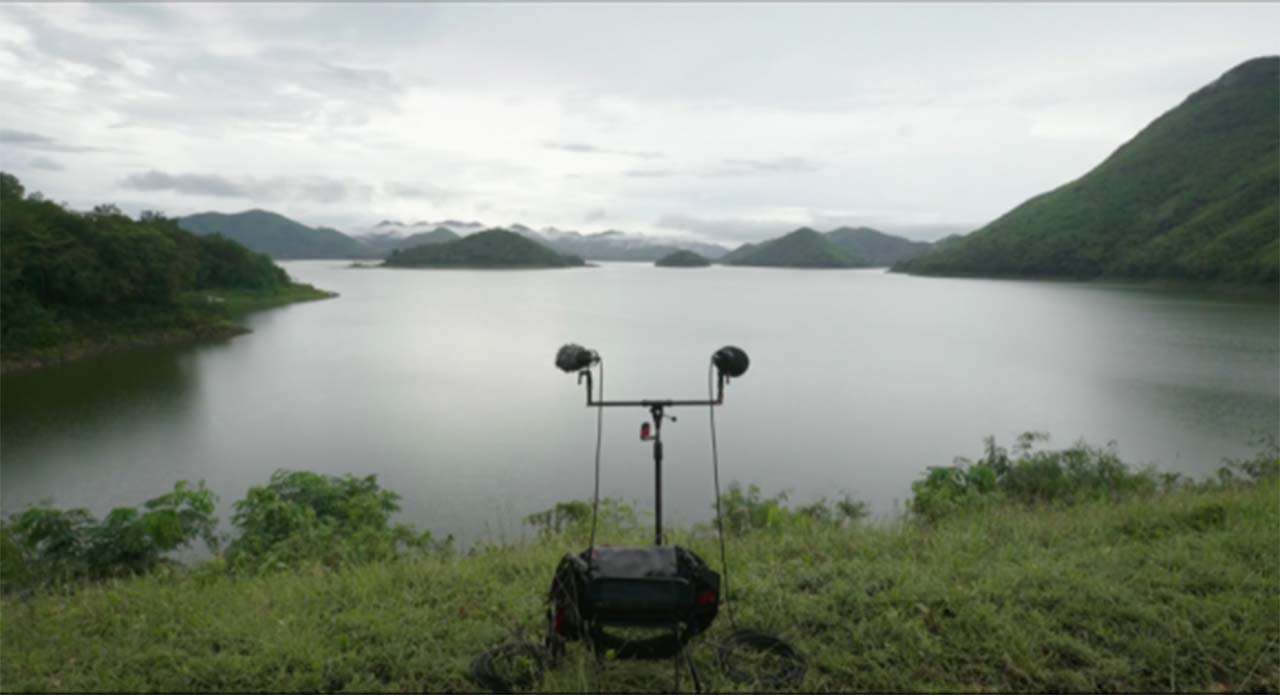Paying Homage to The Art of Filmmaking
Filmmaking, and the art that goes behind it, is never enough to satisfy the pursuits of the creator, but it will do. And the short films running in this year’s Singapore International Film Festival (SGIFF), Soi 83 Soonvijai 14 and Death of the Sound Man show just that, literally. Hailing from Thailand, a country with a well-established film industry in the Southeast Asian region, the films pay a sort of homage to the art of filmmaking with their self-reflexivity. Soi 83 Soonvijai 14 poetically portrays a grandfather’s attempt to recapture memories from old pixelated home videos on a more advanced camera in the present (the ideal portrait of the old and new) to stir an emotional response from his wife benumbed from what appears to be dementia. Death of the Sound Man, on the other hand, considers the significance of the craft of foley and sound recording artists as two soundmen question their place in a society that doesn’t appreciate their work.
Through filmmaking, the main characters in each film desire a recognition for their efforts made. However, while the grandfather from Soi 83 Soonvijai 14 dabbles in film to seemingly draw attention from his wife, the soundmen from Death of the Soundman lose it despite their continued efforts in their expertise. The soundmen become apparitions in filmmaking, replaced metaphorically by the two mics that stand in their place as unobtrusive recording devices amidst the serenity of the natural landscape. The protagonists admittedly do not receive what is due—to the grandfather, affection from his wife and to the soundmen, credit from their director and audience—and the films therefore suggest the inability of filmmaking to fulfil a sense of purpose and longing.


Nevertheless, the two short films celebrate the art of filmmaking through the poignant portrayal of the struggles behind it, despite how the craft has been oversimplified and underappreciated with passive viewing. Soi 83 Soonvijai 14 contrasts the passive television that alienates and the affecting film that unites. Programed television isolates, silencing and hypnotizing its watchers, keeping their eyes glued to the glossy screen. The homemade film, on the other hand, coalesces the fragments of family units for the grandfather. As perfectly framed when the relatives gather round him behind the camera, filmmaking literally becomes the welding force for the family. This is not before the film makes clear the difficulty in executing the film: from the grandfather’s blatant bribing of his grandson to teach him to use the camera to him falling asleep in his chair in the cutting room. Viewers nonetheless are meant to fall in love with his adorable silliness as he learns the craft. The viewers’ admiration for the grandfather is mirrored by the relatives who look on at the filmmaking spectacle with doting smiles.

The two films thus convince and defend the art of filmmaking with their honest depiction of the process. There is no glory given to them by the main characters’ intended audiences, but their individual experiences in filmmaking give the occasion for the films to celebrate. The concluding fondness of the relatives towards the grandfather and the candid companionship between the two soundmen prove that in the end, filmmaking is a process to be enjoyed, savored, in its experience. They perhaps even call on us watchers of film to be involved in the process and become doers. Considering the dying appreciation for filmmaking as an art, the two short films answer the question posed by this year’s SGIFF theme: The future of filmmaking is bleak but nonetheless it exists to be illuminated with each coming spark of the present moment.


